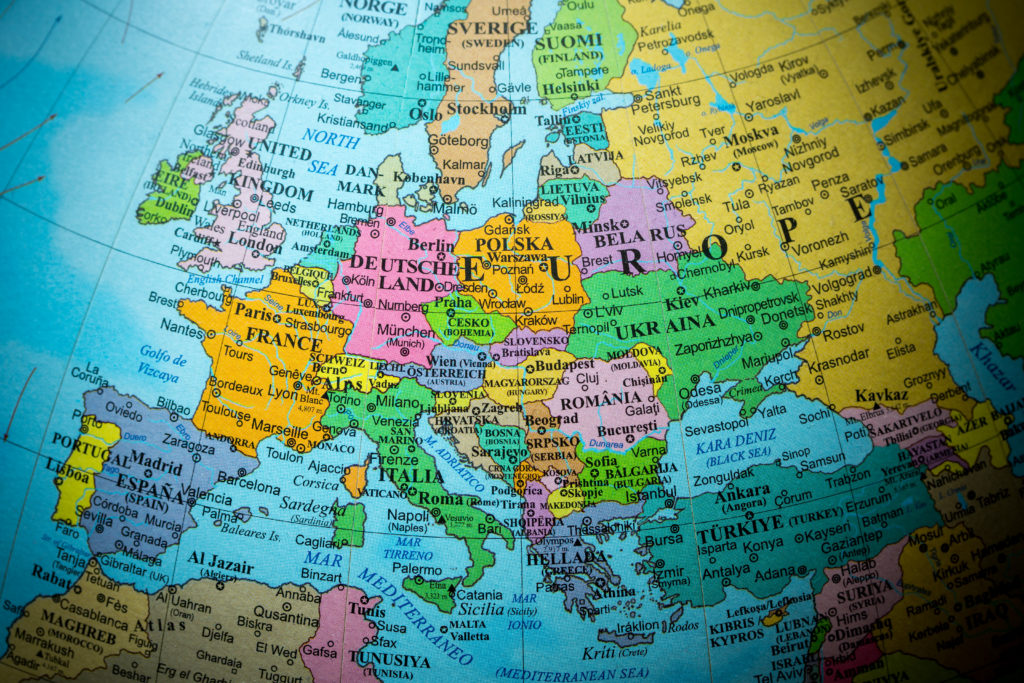The UK Supreme Court’s decision in Shanks v Unilever has provided some guidance on the circumstances that may lead to an inventor being entitled to a financial reward from their employer under UK law. The court awarded Professor Shanks a £2 million pay-out after finding that a biosensor for measuring glucose concentration, made back in the 1980’s, was of “outstanding benefit” to Unilever UK Central Resources Ltd (“CRL”), the subdivision of Unilever for which Shanks worked. Is this a dose of sweet medicine or a bitter blow for inventors working in pharmaceutical research? Are the courts likely to be inundated with employee compensation claims given the huge revenues generated by some drugs?
Essentially, it is likely to be business as usual. CRL and the rest of the Unilever group provided minimal assistance to Shanks, and incurred low financial risk during the process, which meant that the success was disproportionately attributable to Shanks’ innovation compared to any contribution made by his employer. The following are the main factors that influenced the case.
FINANCIAL RISK
Unilever did not incur significant investment costs to monetise Shank’s patents. Shanks provided an entirely new product line without any substantial input from Unilever.
Pharmaceutical research carries substantial costs and a significant risk to that investment. Tens of thousands of compounds are synthesised before a marketable drug may be found. Current studies put the cost of bringing a new drug entity to market at around $2Bn to $3Bn for the entire developmental pipeline which typically takes from 10 to 15 years. The high attrition rate of drugs during development means that there is a high risk for companies and investors in this sector. Rarely is an inventor’s money on the line.
EXPECTATION OF EXCEPTIONAL BENEFIT
There was no expectation that the benefit provided by any one of Unilever’s patents should “stand out” from any other. The benefit was more than would normally have been expected to arise from Shanks’ duties.
In the pharmaceutical sector, it is expected that some patents will stand out in terms of the revenue that they generate. It is not out of the ordinary that a patent covering a blockbuster drug can secure billions of dollars of revenue per year. However, the vast majority of pharma patents will have a much more modest commercial value. There is an expectation that the rate of return on drug assets can differ substantially. This is a key factor in the risk/reward offering that underpins the pharmaceutical sector.
COMMERCALISATION
Unilever did not expend effort to monetise the patents, and had no real interest in working in the field of diabetes. Unilever’s input was predominantly in negotiating licensing deals, however, potential licensees actively sought licenses from Unilever.
Commercialisation of pharmaceutical assets can occur at any point along the developmental pipeline. IP will be scrutinised during due diligence, as this is fundamental in securing a future market. However, one should not underestimate the data package that supports a potential drug, for it is that data couple with a sound scientific theory which is the key to convincing third-parties that a drug candidate will translate into a human treatment. Whether data is derived from in vitro, in vivo or animal models, potential licensees and investors will want to see meaningful results with milestones met before further caches of funding are unlocked.
Obtaining the necessary pharmacological data typically requires a team with each member leveraging their own skillset. A single inventor is unlikely to have the scientific knowledge or financial backing to commercialise a drug without the support from their employer.
STRUCTURE OF THE EMPLOYER
Unilever’s profit from Shank’s innovation was small compared to company revenue, meaning that companies may be “too big to pay”.
Decisions in the lower courts saw Shanks’ employer to be the Unilever group as a whole. The Supreme Court reassessed this and considered the commercial reality of the situation and that the employer was somewhere between the Unilever group and the CRL subsidiary. Whilst the invention was made at CRL, other Unilever subsidiaries benefited from its creation which broadened the inventions reach. It was the impact of the invention on this hybrid company that was important in assessing the outstanding benefit.
Many businesses have complex company structures with the activity of many wings impacting related companies. In these cases, it may be challenging to accurately assess the scope of “the employer” in the assessment of employee compensation.
How the structure of a pharmaceutical company effects employee compensation remains to be seen. However, it is difficult to imagine that it will be the overriding factor in assessing the benefit of an invention to a company, especially when compared to the financial risk and low expectation of success inherent in the pharmaceutical sector.
If you would like to discuss employee compensation please contact Ian Jones or Arnie Clarke.


